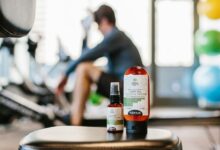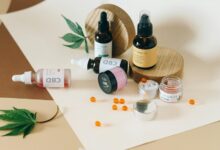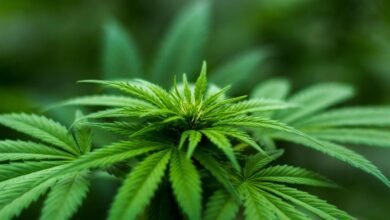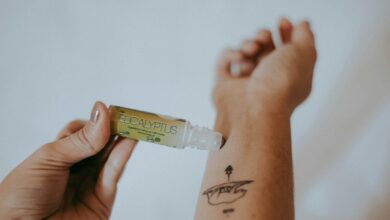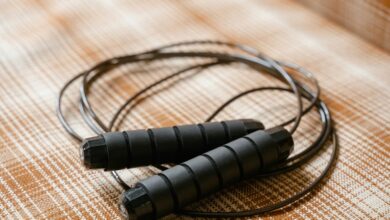How Long Does Cbd Stay in Your System for Drug Test
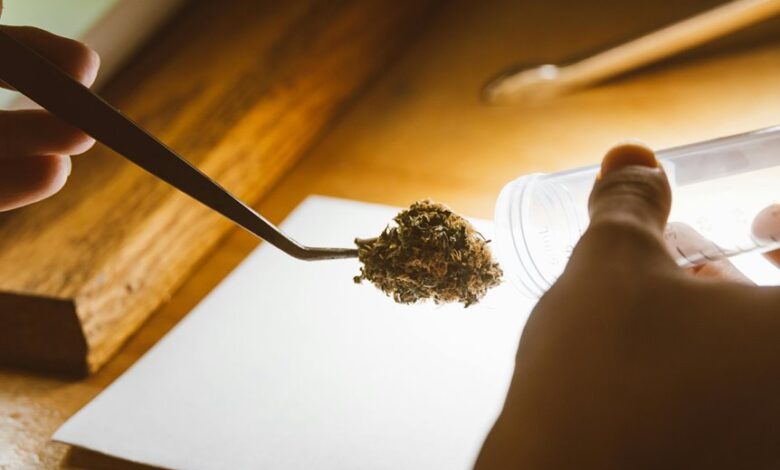
The duration CBD remains detectable in the system for drug testing varies widely. Factors such as individual metabolism, usage frequency, and dosage all play significant roles. While some may clear CBD quickly, others could test positive for days or weeks. Understanding the nuances of CBD and its interaction with drug tests is crucial. What are the specific implications for users, and how can they navigate potential challenges?
Understanding CBD and Drug Testing
Although CBD is widely recognized for its therapeutic benefits, understanding its interaction with drug testing is crucial for users.
CBD metabolism can vary significantly among individuals, potentially affecting detection outcomes.
Moreover, the legal implications of CBD use can differ by jurisdiction, impacting users' rights and responsibilities.
Awareness of these factors empowers individuals to make informed decisions regarding their CBD consumption and drug testing scenarios.
Factors Influencing CBD Detection Time
Factors influencing CBD detection time are varied and depend on several key aspects.
Individual CBD metabolism, frequency of use, dosage, and the method of consumption significantly affect detection windows. For instance, regular users may retain CBD longer than occasional users due to accumulation in the body.
Additionally, factors like body weight and overall health can also play a crucial role in how long CBD remains detectable.
Different Types of Drug Tests
Drug testing methods vary widely, each with distinct mechanisms and detection capabilities.
Saliva tests are non-invasive and can detect substances within hours of use, primarily targeting recent consumption.
Conversely, urine tests are more common in workplace settings, providing a broader detection window, typically ranging from days to weeks.
Understanding these differences is crucial for individuals concerned about potential CBD detection in drug screenings.
Tips for CBD Users Prior to Drug Testing
Given the varying detection windows of different drug tests, individuals who use CBD should take proactive steps to minimize the risk of positive results.
Reducing CBD consumption prior to testing, choosing broad-spectrum or isolate products, and understanding individual metabolism can enhance testing strategies.
Staying informed about local laws and regulations also empowers users, allowing them to navigate the complexities of CBD use responsibly.
Conclusion
In conclusion, the detection of CBD in the system can vary widely based on individual factors and usage patterns. It's crucial for users to be aware of these variables, especially considering that a study found approximately 70% of CBD products may contain detectable levels of THC. This statistic highlights the potential risks for those facing drug tests, underscoring the importance of choosing the right products and being mindful of consumption habits to avoid unintended consequences.

